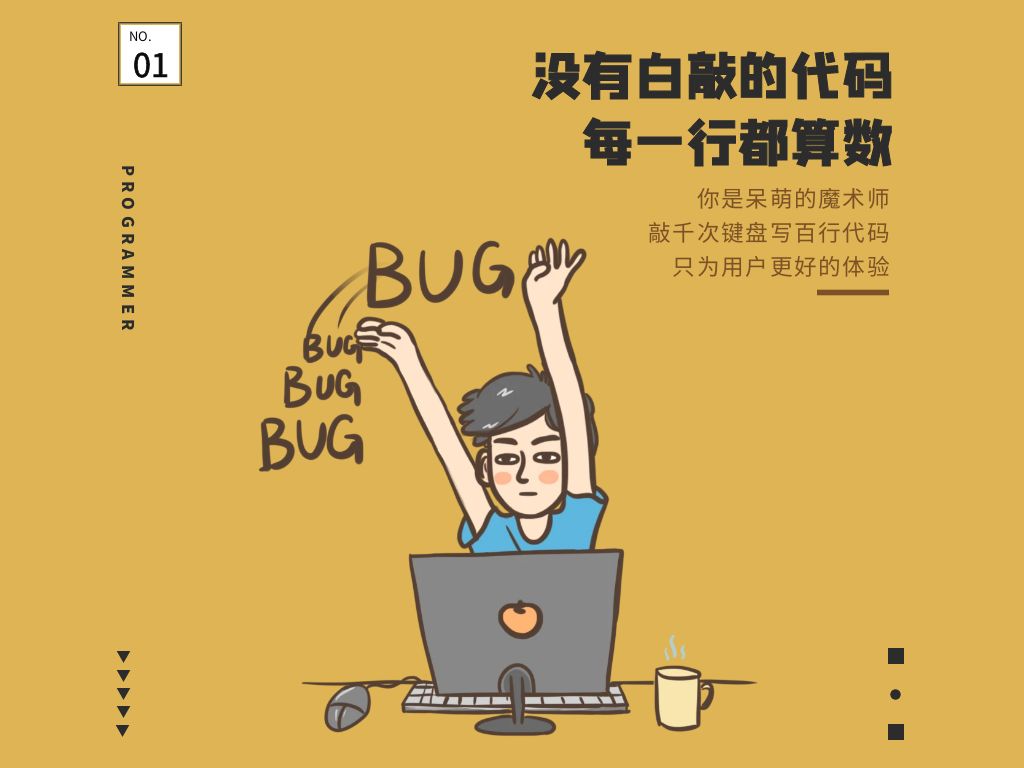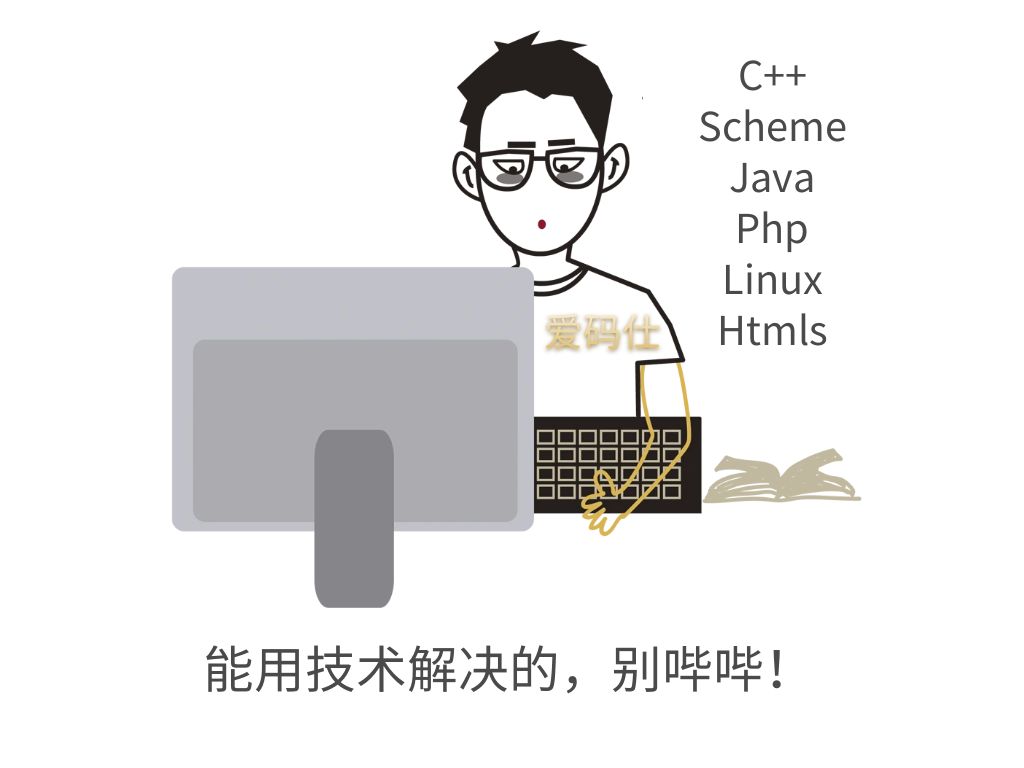本文主要是介绍spring模块(六)spring监听器(1)ApplicationListener,希望对大家解决编程问题提供一定的参考价值,需要的开发者们随着小编来一起学习吧!
一、介绍
1、简介
当某个事件触发的时候,就会执行的方法块。

当然,springboot很贴心地提供了一个 @EventListener 注解来实现监听。
2、源码:
package org.springframework.context;import java.util.EventListener;
import java.util.function.Consumer;@FunctionalInterface
public interface ApplicationListener<E extends ApplicationEvent> extends EventListener {void onApplicationEvent(E event);default boolean supportsAsyncExecution() {return true;}static <T> ApplicationListener<PayloadApplicationEvent<T>> forPayload(Consumer<T> consumer) {return (event) -> {consumer.accept(event.getPayload());};}
}
3、与其他Listener的区别
看下ApplicationListener与SpringApplicationRunListener、EventPublishingRunListener的区别和联系。前提:springboot是基于spring的,一个springboot应用其核心是调用了spring的SpringApplication.run()方法,也就是说,springboot是为简化spring开发进行的封装。现在我们来分析三者关系。
(1)SpringApplicationRunListener 和 EventPublishingRunListener是由springboot提供的,且EventPublishingRunListener是SpringApplicationRunListener 的唯一实现。
(2)ApplicationListener:是由spring提供的,监听目标是ApplicationEvent类或者其子类,所有定制化的事件都直接或间接的继承ApplicationEvent,也就是说,定制化的事件都是ApplicationEvent的子类,都是ApplicationListener监听器的监听目标,EventPublishingRunListener发布的定制化事件间接受ApplicationListener监听。
二、原理
ApplicationListener监听器本身是一个函数式接口,监听对象为ApplicationEvent事件的子类,ApplicationEvent事件本身是一个抽象类,它拥有各式各样的子类,这些子类就是定制化的事件,专门用于特定的场景。ApplicationEvent事件继承EventObject这个事件本体,EventObject事件本体是所有事件的基础,EventObject事件本体拥有一个protected transient Object source;这样一个Object类型的source属性,用于存放事件。
那这个事件数据是如何传递的呢?通过观察源码,我们发现,在事件类继承的层层嵌套链中,子类都需要通过super()方法调用父类的构造方法,通过在super()中传递事件参数可以实现事件数据的层层传递,最终传递到EventObject,然后,在EventObject的构造方法中就可以完成source属性的初始化,也就完成了事件的传递以及最终存储。
三、使用
1、监听器
两个步骤:先实现 ApplicationListener<E extends ApplicationEvent> 接口来自定义监听器;再注册监听器。注册监听器有以下几个方法:
(1)通过启动类注册
@SpringBootApplication
public class MyApplication {public static void main(String[] args) {//SpringApplication.run(MyApplication.class, args);//等价于上面的启动只不过把过程进行拆分,扩展了中间操作SpringApplication application = new SpringApplication(MyApplication.class);application.addListeners(new MyApplicationListener());application.run(args);}
}(2)通过自动配置文件spring.factories文件注册
org.springframework.context.ApplicationListener=\com.classloader.listener.CustomeApplicationListener(3)通过注解注册
直接在自定义监听器上加上@Component、@Configuration等注解注册,这是自定义监听器常用的方法。
注意:通过注解注册监听不到容器加载之前的事件。
@Component
public class CustomeApplicationListener implements ApplicationListener<ApplicationStartedEvent> , Ordered {@Overridepublic void onApplicationEvent(ApplicationStartedEvent applicationStartingEvent) {System.out.println("自定义监听器CustomeApplicationListener,监听springboot启动,监听EventPublishingRunListener发布的启动开始事件");}@Overridepublic int getOrder() {return 0;}
}2、ApplicationEvent事件
2.1、spring的内置事件
以ContextRefreshedEvent看下结构:可以看到最终都是 ApplicationEvent
package org.springframework.context.event;import org.springframework.context.ApplicationContext;public class ContextRefreshedEvent extends ApplicationContextEvent {public ContextRefreshedEvent(ApplicationContext source) {super(source);}
}package org.springframework.context.event;import org.springframework.context.ApplicationContext;
import org.springframework.context.ApplicationEvent;public abstract class ApplicationContextEvent extends ApplicationEvent {public ApplicationContextEvent(ApplicationContext source) {super(source);}public final ApplicationContext getApplicationContext() {return (ApplicationContext)this.getSource();}
}2.2、自定义事件
extends ApplicationEvent 自定义事件
public class MyEvent extends ApplicationEvent {private String time = new SimpleDateFormat("hh:mm:ss").format(new Date());private String msg;public MyEvent(Object source, String msg) {super(source);this.msg = msg;}public MyEvent(Object source) {super(source);}public String getTime() {return time;}public void setTime(String time) {this.time = time;}public String getMsg() {return msg;}public void setMsg(String msg) {this.msg = msg;}
}
@Slf4j
@Component
public class MyTask implements ApplicationListener {private static boolean aFlag = false;@Overridepublic void onApplicationEvent(ApplicationEvent event) {if (event instanceof ContextRefreshedEvent) {log.info("监听到 ContextRefreshedEvent...");}if (event instanceof MyEvent) {log.info("监听到 MyEvent...");MyEvent myEvent = (MyEvent) event;System.out.println("时间:" + myEvent.getTime() + " 信息:" + myEvent.getMsg());}}
}
内置事件不需要手动触发,自定义监听事件需要主动触发,通过applicationContext.publishEvent(event)来触发,写法有:
(1)
@SpringBootApplication
public class TaskApplication {public static void main(String[] args) {ConfigurableApplicationContext run = SpringApplication.run(TaskApplication.class, args);MyEvent event = new MyEvent("event", "忙中岁月忙中遣,我本愚来性不移");// 发布事件run.publishEvent(event);}
}
(2) 常用方法
@SpringBootApplication
public class TaskApplication implements CommandLineRunner {public static void main(String[] args) {SpringApplication.run(TaskApplication.class, args);}@Resourceprivate ApplicationContext applicationContext;@Overridepublic void run(String... args) throws Exception {MyEvent event = new MyEvent("event", "忙中岁月忙中遣,我本愚来性不移");// 发布事件applicationContext.publishEvent(event);}
}
四、demo
pom:
<?xml version="1.0" encoding="UTF-8"?>
<project xmlns="http://maven.apache.org/POM/4.0.0"xmlns:xsi="http://www.w3.org/2001/XMLSchema-instance"xsi:schemaLocation="http://maven.apache.org/POM/4.0.0 http://maven.apache.org/xsd/maven-4.0.0.xsd"><modelVersion>4.0.0</modelVersion><groupId>org.example</groupId><artifactId>listener-demo</artifactId><version>1.0-SNAPSHOT</version><properties><maven.compiler.source>17</maven.compiler.source><maven.compiler.target>17</maven.compiler.target><project.build.sourceEncoding>UTF-8</project.build.sourceEncoding></properties><parent><groupId>org.springframework.boot</groupId><artifactId>spring-boot-starter-parent</artifactId><version>3.2.4</version><relativePath/></parent><dependencies><dependency><groupId>org.springframework.boot</groupId><artifactId>spring-boot-starter</artifactId></dependency><dependency><groupId>org.springframework.boot</groupId><artifactId>spring-boot-starter-web</artifactId></dependency><dependency><groupId>org.springframework.boot</groupId><artifactId>spring-boot-starter-test</artifactId><scope>test</scope></dependency><dependency><groupId>org.springframework</groupId><artifactId>spring-aop</artifactId></dependency><dependency><groupId>org.aspectj</groupId><artifactId>aspectjweaver</artifactId></dependency><dependency><groupId>org.projectlombok</groupId><artifactId>lombok</artifactId></dependency></dependencies>
</project>启动类:
package com.listener.demo;import org.springframework.boot.SpringApplication;
import org.springframework.boot.autoconfigure.SpringBootApplication;@SpringBootApplication
public class ListenerApplication {public static void main(String[] args) {SpringApplication.run(ListenerApplication.class, args);}
}
1、内置事件
package com.listener.demo.listener;import lombok.extern.slf4j.Slf4j;
import org.springframework.context.ApplicationListener;
import org.springframework.context.event.ContextRefreshedEvent;
import org.springframework.stereotype.Component;@Slf4j
@Component
public class MyListener implements ApplicationListener<ContextRefreshedEvent> {@Overridepublic void onApplicationEvent(ContextRefreshedEvent event) {log.info("启动start...");}
}
启动项目控制台打印:

注意:有时会加个标志位,
@Slf4j
@Component
public class MyTask implements ApplicationListener<ContextRefreshedEvent> {private static boolean aFlag = false;@Overridepublic void onApplicationEvent(ContextRefreshedEvent event) {if (!aFlag) {aFlag = true;log.info("我已经监听到了");}}
}
因为web应用会出现父子容器,这样就会触发两次监听任务,所以需要一个标志位,保证监听任务(log.info(“我已经监听到了”))只会触发一次 。
2、自定义事件
如现在自定义一个注解,在controller接口加这个注解-->aop拦截获取相关信息,并触发事件监听-->在监听器中处理业务,如存储、发送mq等等。
(1)自定义注解
package com.listener.demo.annotation;import java.lang.annotation.ElementType;
import java.lang.annotation.Retention;
import java.lang.annotation.RetentionPolicy;
import java.lang.annotation.Target;// 声明注解作用于方法
@Target(ElementType.METHOD)
// 声明注解运行时有效
@Retention(RetentionPolicy.RUNTIME)
public @interface MyLog {String url() ;String detail() ;
}
package com.listener.demo.controller;import com.listener.demo.annotation.MyLog;
import com.listener.demo.dto.UserDTO;
import org.springframework.web.bind.annotation.RequestMapping;
import org.springframework.web.bind.annotation.RestController;@RestController
@RequestMapping("/user")
public class UserController {@MyLog(url = "/user/add",detail = "addUser")@RequestMapping("/add")public String add(UserDTO userDTO) {return "add success";}@MyLog(url = "/user/update",detail = "updateUser")@RequestMapping("/update")public String update() {return "update success";}
}
(2)DTO:
package com.listener.demo.dto;import lombok.Data;@Data
public class UserDTO {private String userName;private String userAccount;private Integer age;
}
package com.listener.demo.dto;import lombok.Builder;
import lombok.Data;@Data
@Builder
public class UserLogDTO {private String url;private String detail;
}
(3)aop:
package com.listener.demo.aop;import com.listener.demo.annotation.MyLog;
import com.listener.demo.dto.UserLogDTO;
import com.listener.demo.event.MyLogEvent;
import jakarta.annotation.Resource;
import org.aspectj.lang.ProceedingJoinPoint;
import org.aspectj.lang.Signature;
import org.aspectj.lang.annotation.Around;
import org.aspectj.lang.annotation.Aspect;
import org.aspectj.lang.reflect.MethodSignature;
import org.springframework.context.ApplicationContext;
import org.springframework.stereotype.Component;import java.lang.reflect.Method;@Aspect
@Component
public class LogAspect {@Resourceprivate ApplicationContext applicationContext;@Around(value = "@annotation(com.listener.demo.annotation.MyLog)")public Object around(ProceedingJoinPoint joinPoint) throws Throwable {Signature signature = joinPoint.getSignature();MethodSignature methodSignature = (MethodSignature) signature;Method targetMethod = methodSignature.getMethod();MyLog annotation = targetMethod.getAnnotation(MyLog.class);//非AuthVerify权限类注解,放开if (annotation == null) {return joinPoint.proceed();}//触发listenerUserLogDTO userLogDTO = UserLogDTO.builder().detail(annotation.detail()).url(annotation.url()).build();applicationContext.publishEvent(new MyLogEvent(userLogDTO));return joinPoint.proceed();}
}
(4)监听:
package com.listener.demo.event;import com.listener.demo.dto.UserLogDTO;
import org.springframework.context.ApplicationEvent;public class MyLogEvent extends ApplicationEvent {public MyLogEvent(UserLogDTO log) {super(log);}public UserLogDTO getSource() {return (UserLogDTO) super.getSource();}}
package com.listener.demo.listener;import com.listener.demo.dto.UserLogDTO;
import com.listener.demo.event.MyLogEvent;
import lombok.extern.slf4j.Slf4j;
import org.springframework.context.ApplicationListener;
import org.springframework.stereotype.Component;@Slf4j
@Component
public class MyListener implements ApplicationListener<MyLogEvent> {@Overridepublic void onApplicationEvent(MyLogEvent event) {UserLogDTO source = event.getSource();log.info("监听到:url={},detail={}",source.getUrl(),source.getDetail());//其他处理,比如存储日志}
}
(5)测试:访问localhost:4444/listenerDemo/user/add?userName=zhangsan&userAccount=zs
控制台打印

这篇关于spring模块(六)spring监听器(1)ApplicationListener的文章就介绍到这儿,希望我们推荐的文章对编程师们有所帮助!






